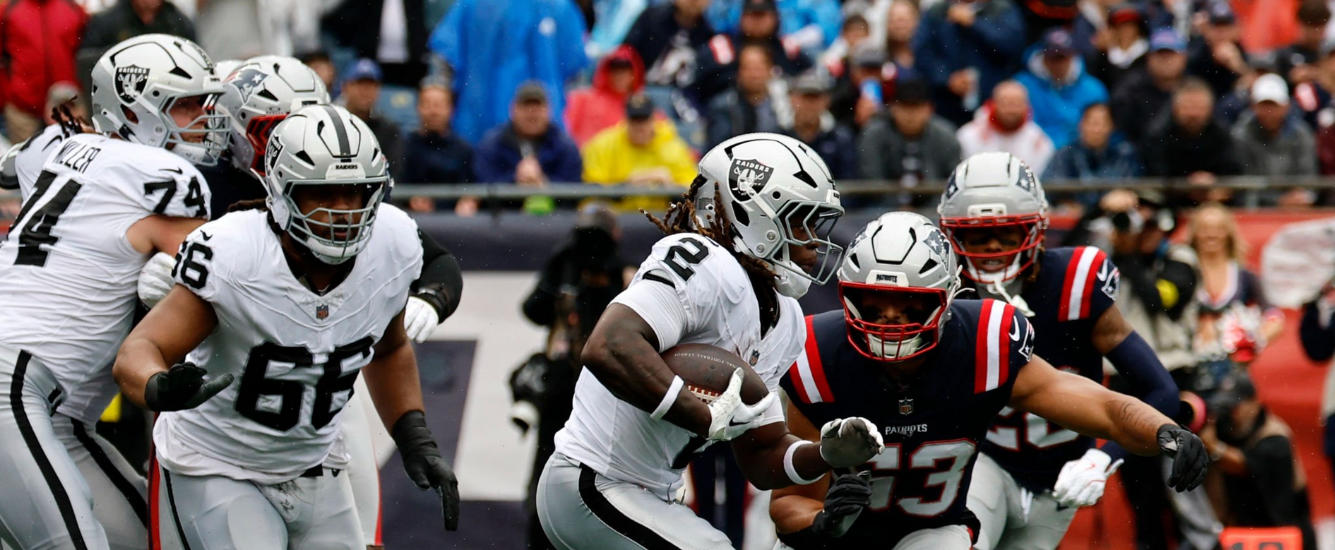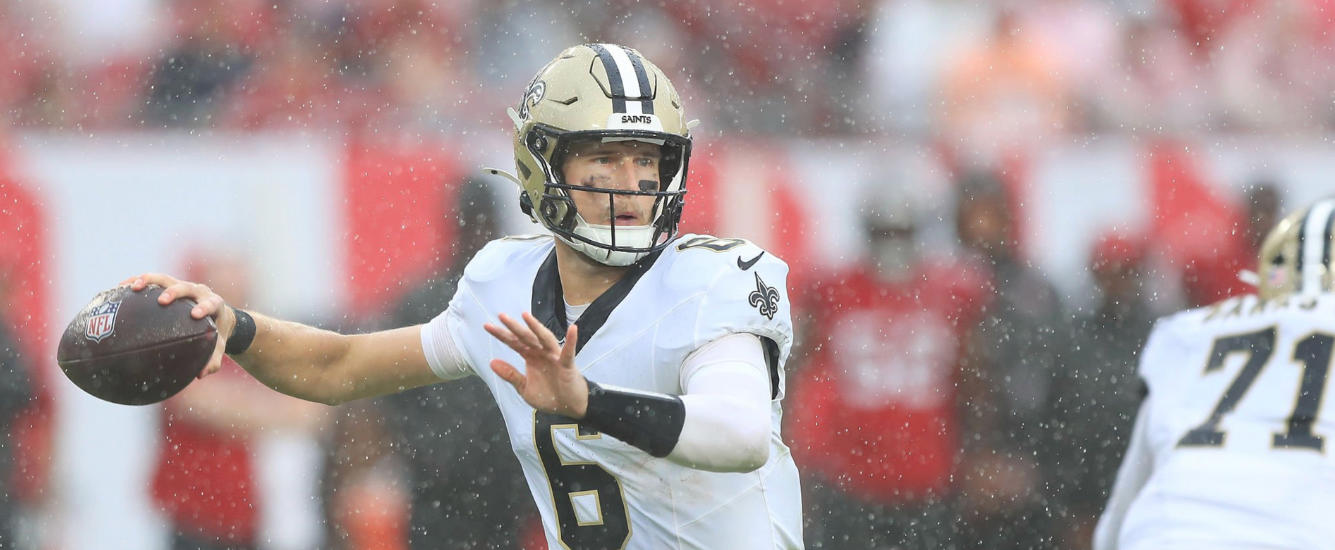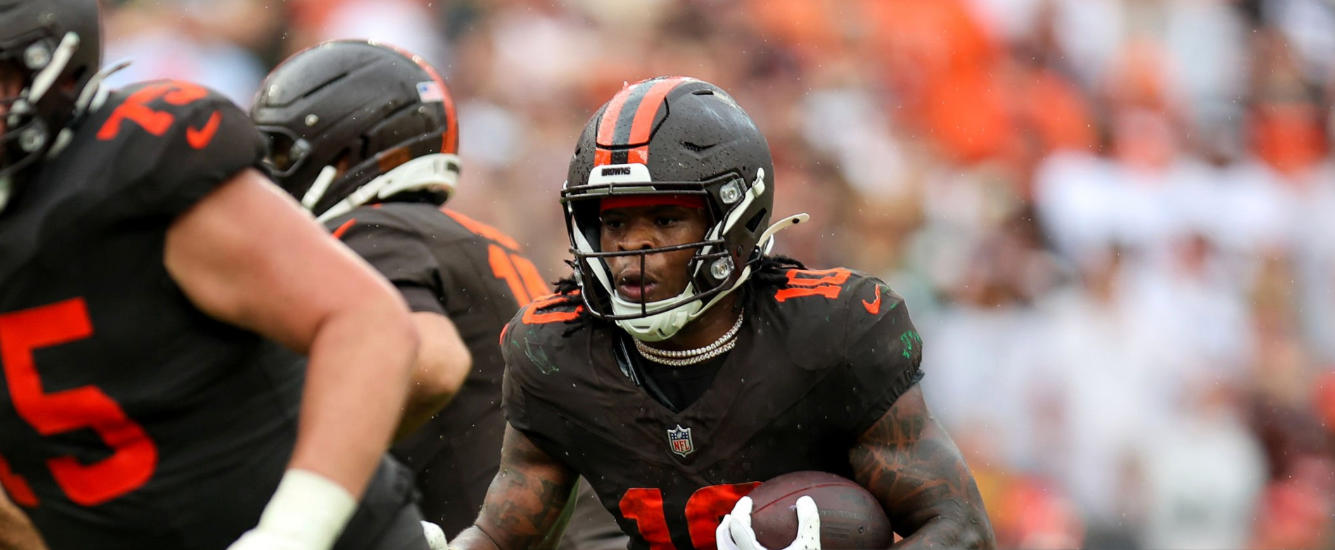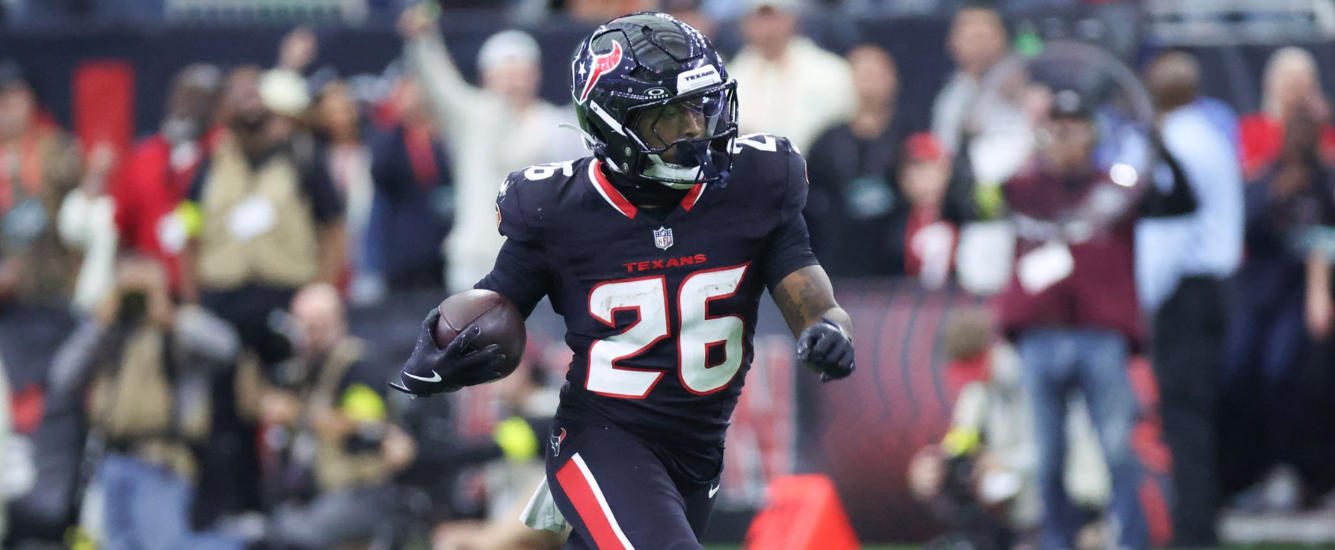Last summer, I did a series on game theory considerations for PGA DFS. I view these decisions in the same light that I view structural drafting in best ball. There’s no one magic bullet to solve all of your issues and win every league you join. If you understand the way the game is played, though, you can set yourself up to capture tiny edges here and there that eventually build up enough to make you profitable over the long-term.
Is the PGA DFS Market Efficient?
In order to answer this question, we need to figure out if we’re any good at picking golfers. In other words, how strongly correlated is ownership to actual fantasy points. That might not be absolutely perfect because of pricing and lineup construction considerations. Over a large enough sample, we’d expect the higher owned plays to outscore the lower owned plays.
When looking at ownership versus performance, only about 8% of the variation in DK Scoring is explained by ownership. If you include salary in that equation, it bumps up to a shade under 11%. That sounds bad, but it’s unclear where we should set our baseline for determining what’s good or bad. What I do know is that there should be situations where we’re better at selecting golfers and some situations where we’re worse. Avoiding the “bad chalk” and differentiating in those spots provide a compounding upside. You can make huge jumps in GPPs with each of these small decisions.
We’re going to start by looking at the macro trends for ownership versus performance. In previous game theory pieces, I wrote about price changes as well. We’ll dive into those considerations as the season goes on, but for now, we’re taking a look at price range by price range.
Just a quick side note: Throughout the rest of this piece, I’ll be referring to ceiling and floor rates. I calculated the ceiling rate as an 80th percentile outcome (or better) for a given event and salary range. The floor threshold was set as a 20th percentile outcome (or better) for a given event and salary range.
And a second side note: The actual ownership percentages don’t matter as much. Each salary group is cut up into four equal groups for the analysis, so when you’re attacking a slate you should be thinking in terms of relative ownership within each salary range, not a specific percentage.
Five-Figure Salaries
If you recall, the original article in this series talked about the “stud range” as $9,500-plus. In retrospect, I’m not sure that was the best cutoff. When you’re building stars and scrubs lineups, you aren’t starting with a $9,500 golfer. By definition, that would be a balanced lineup.
When you start your lineup with a $10,000-plus golfer, you are forced to make different decisions to structure your lineup. There are typically somewhere between five and seven golfers in this range at a given event. I split all of the $10k-plus golfers into four equal groups.
| Ownership Range | Ceiling Rate | Floor Rate |
| Mega Chalk | 45% | 92% |
| Chalk | 40% | 89% |
| Medium-Owned | 44% | 90% |
| Low-Owned | 41% | 89% |
The answer should be glaring you in the face here. As a community, we’re not particularly good at differentiating between golfers at the top of the salary scale. Simply put, we just shouldn’t take the risk of rostering the highest owned golfers in this range. The range, as a whole, is extremely safe, obviously. But we’re not looking for safety in this range, we’re looking for leverage and upside.
Picking the golfer that is 12% owned with a 55% chance of a ceiling outcome is infinitely better than gaining a two percentage point increase in ceiling rate but doubling ownership in DFS.
Mid-Range Performance
I included golfers from $8,500 to $9,900 in the “mid-range” this time around. From a roster construction standpoint, this is where we are picking from when building a balanced lineup. Or, if we’re going with a stars/scrubs build, we’re typically going to pick one golfer from this range.
| Ownership Range | Ceiling Rate | Floor Rate |
| Mega Chalk | 30% | 81% |
| Chalk | 25% | 85% |
| Medium-Owned | 32% | 83% |
| Low-Owned | 27% | 86% |
Again, the answers are apparent. We aren’t particularly good at picking golfers in this range, either. This isn’t to say that the chalk never hits in this range. These decisions are based on the foundation of drafting concepts like Zero RB, where we’re trying to gain from the chaos. The strategy of rostering a chalky golfer at this price point to “block” and differentiate elsewhere doesn’t even really hold water anymore. They aren’t safer and they don’t have the same upside. So why are we doing it?[1]We’re not anymore.
Value Range
As we dip down lower and lower in the price range, we see similar trends emerging. This time, we’ll look at golfers between $7,500 and $8,400. This range is a bit trickier. In full-field events, we expect to see somewhere between 20 and 30 golfers in this range, give or take. Regardless of your roster construction, you’ll always need a golfer or two from this range.
| Ownership Range | Ceiling Rate | Floor Rate |
| Mega Chalk | 19% | 75% |
| Chalk | 21% | 78% |
| Medium-Owned | 21% | 75% |
| Low-Owned | 22% | 79% |
In my opinion, the best way to attack this range is to include two golfers. One should be in the low-owned category and then you can mix in whoever you want. If you feel strongly about a golfer in this range that’s 10% owned, that’s fine, but make sure you pair him with a golfer below 8% owned. Remember, the effects of ownership aren’t additive across your lineup, they’re multiplicative.[2]The likelihood of being duplicated in a large field GPP is a function of all of the ownership percentages in your lineup multiplied by each other, not added together.
Bargain Range
Basically, you can throw a dart in this range and then head over to Arby’s. Golfers between $6,500 and $7,400 are basically identical regardless of ownership.
| Ownership Range | Ceiling Rate | Floor Rate |
| Mega Chalk | 17.3% | 77% |
| Chalk | 18% | 77% |
| Medium-Owned | 16.5% | 77% |
| Low-Owned | 18.6% | 74% |
When we dive into this range a bit deeper, there are a couple of ways that we’ll see we can make smarter decisions. In the meantime, don’t be afraid to get a little weird in this range!
In almost all situations, I’d advise against dipping below $6,500 for any golfer.[3]No cut events would be the lone exception. Golfers in that range are rarely – if ever – useful, even when accounting for the fact that they give you the flexibility to spend more at other spots in your lineup.





















